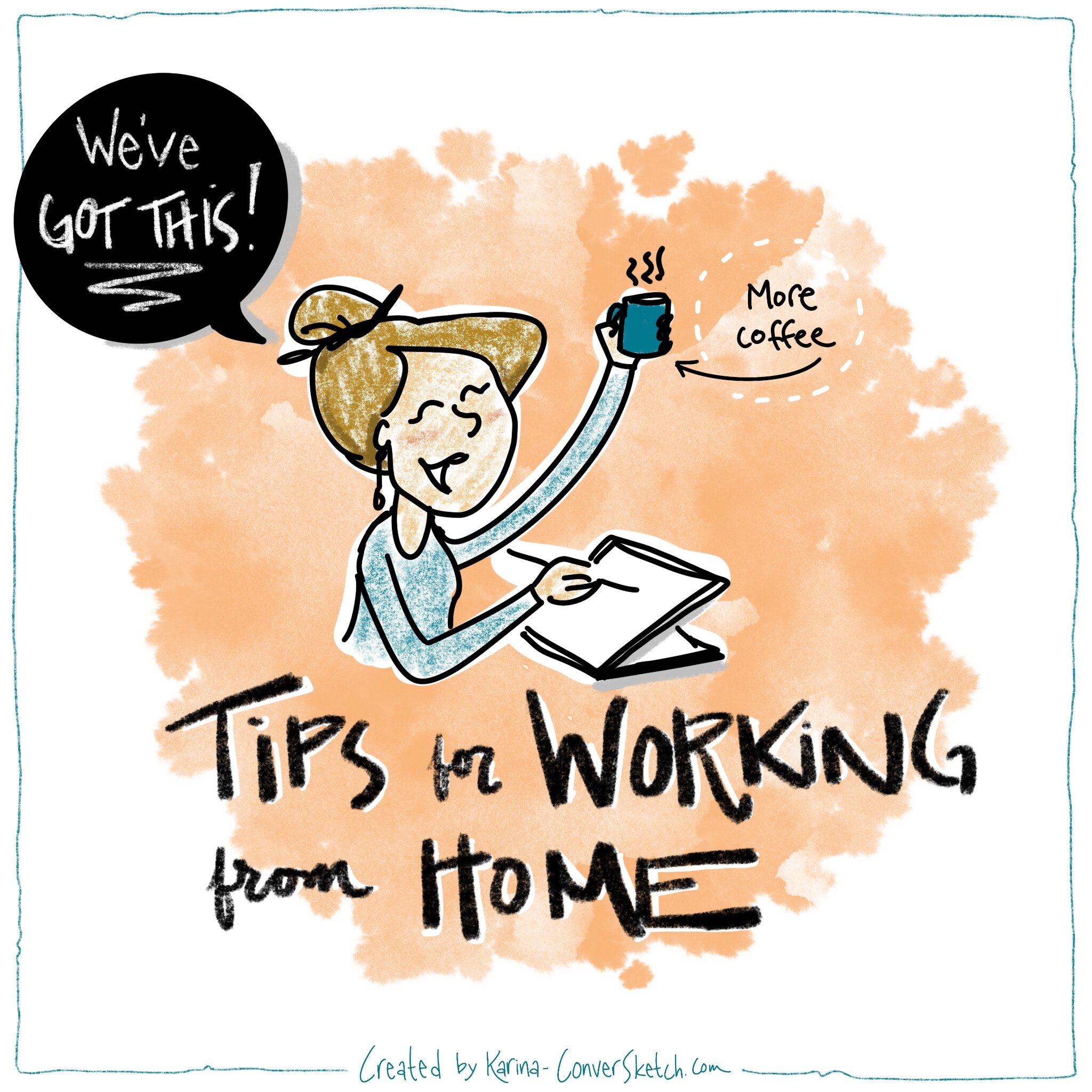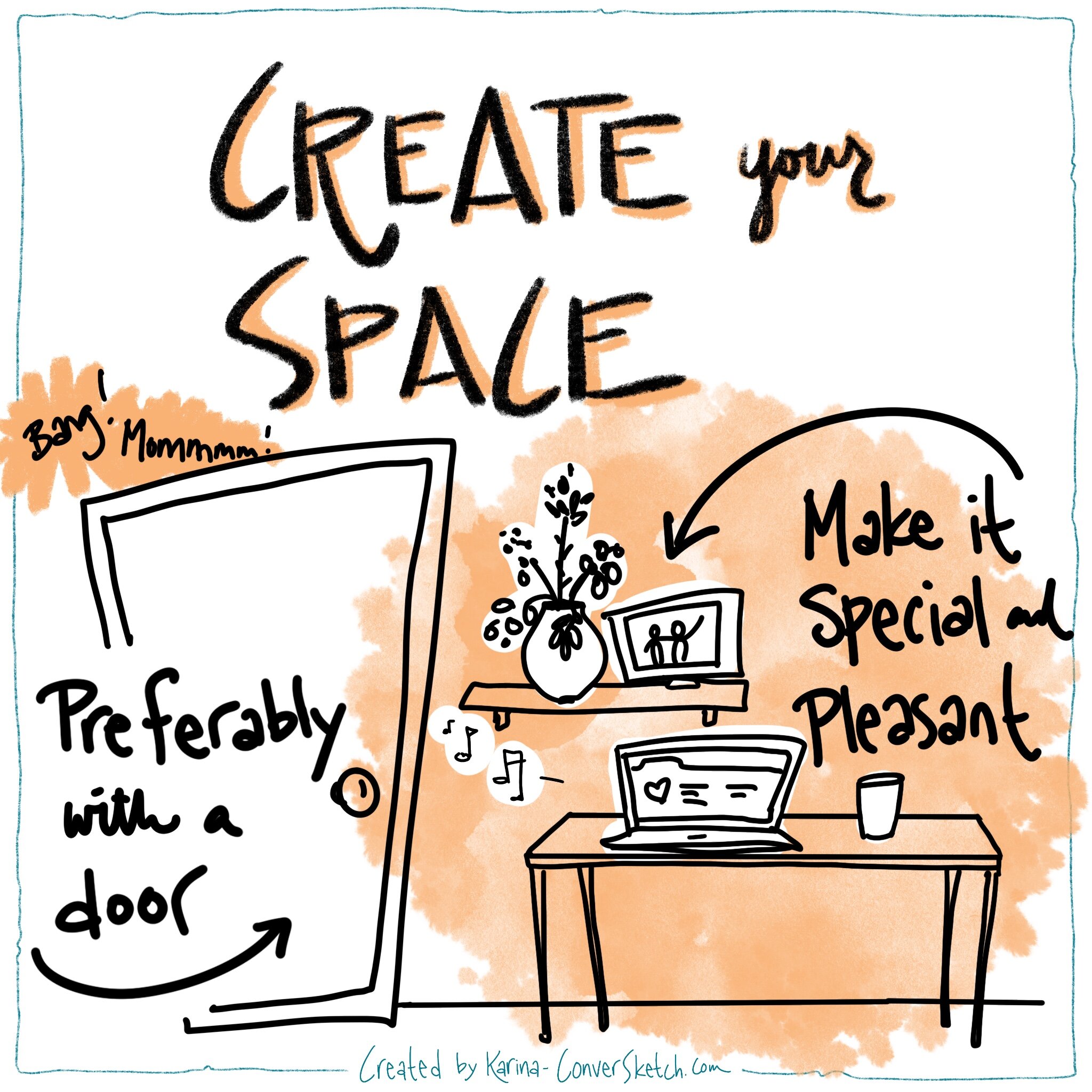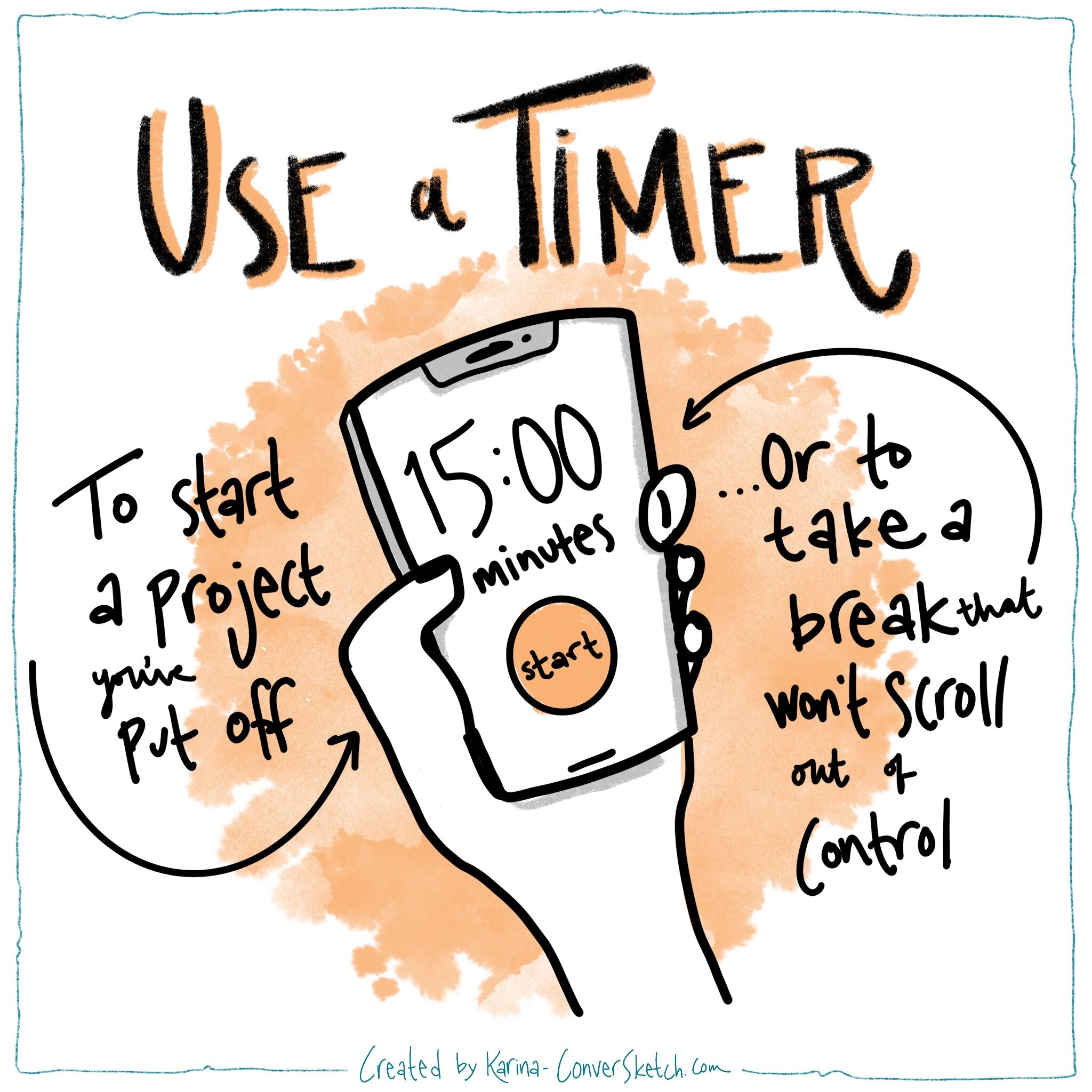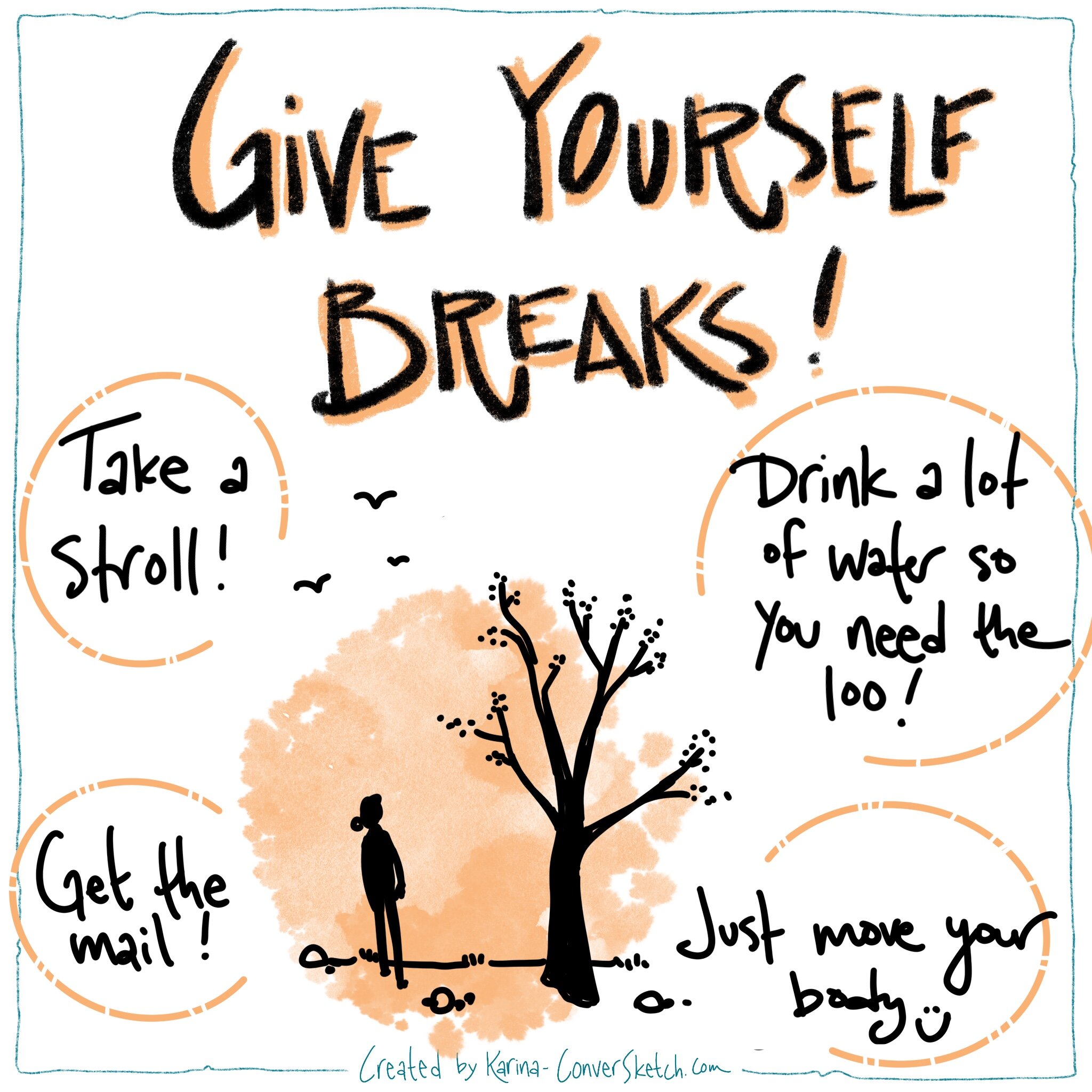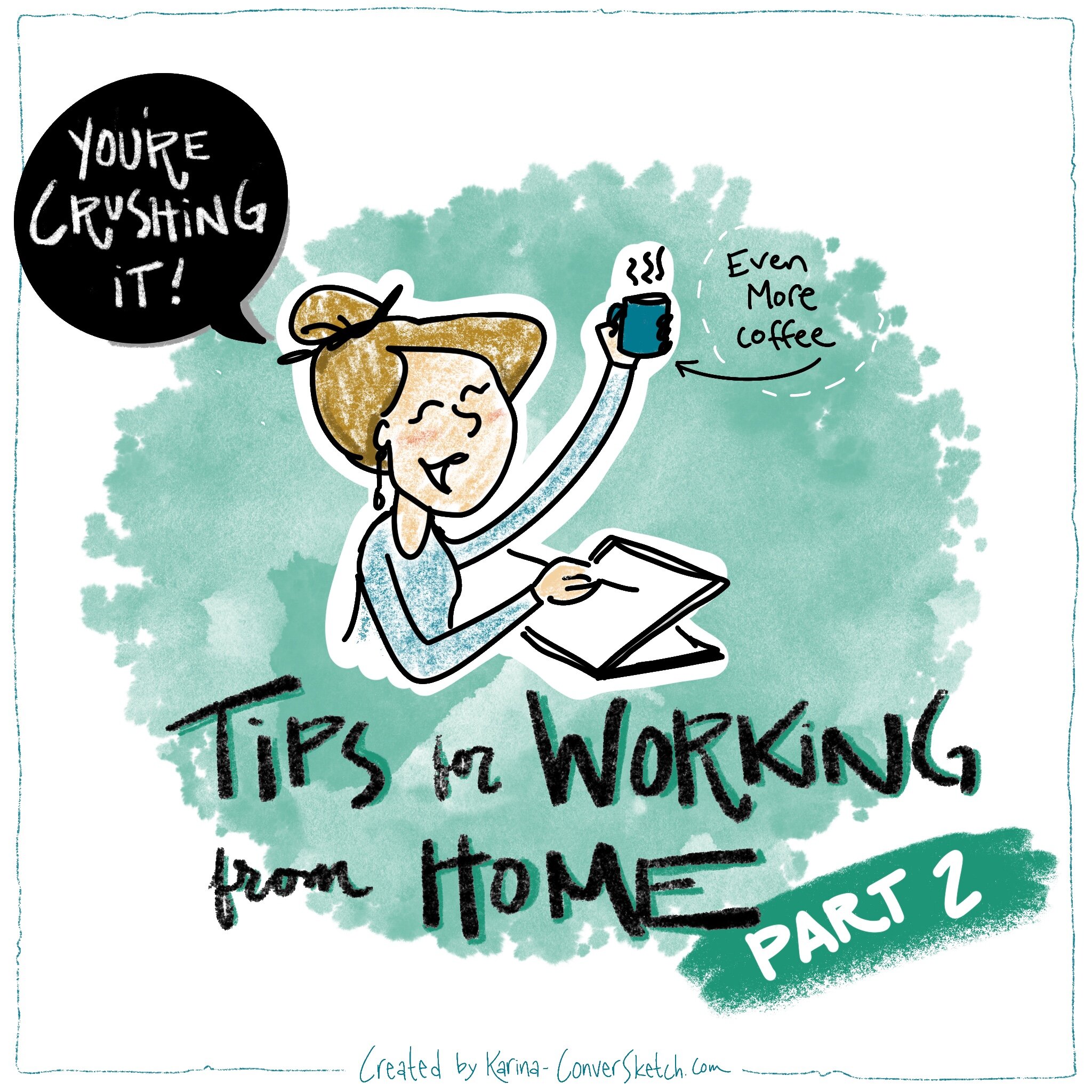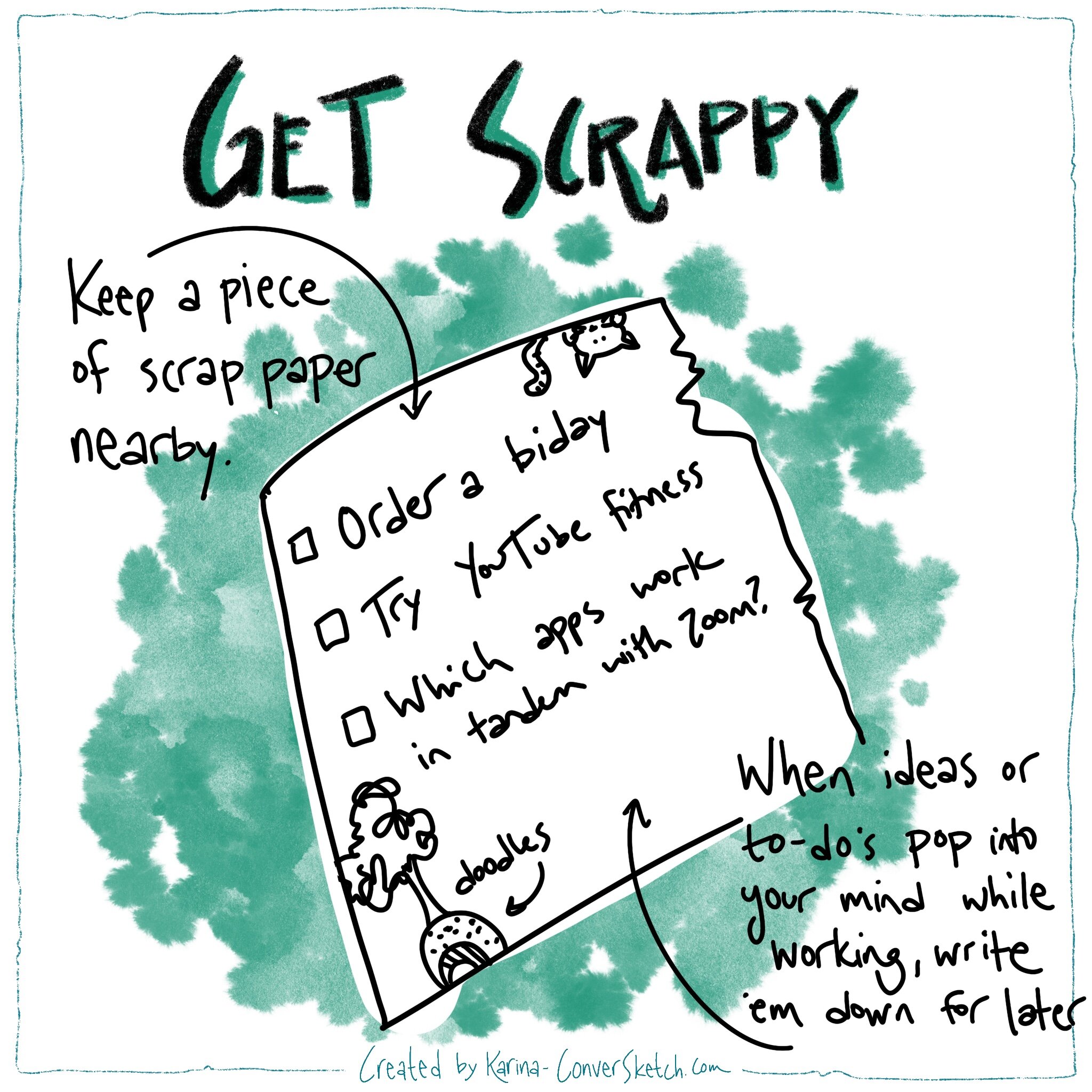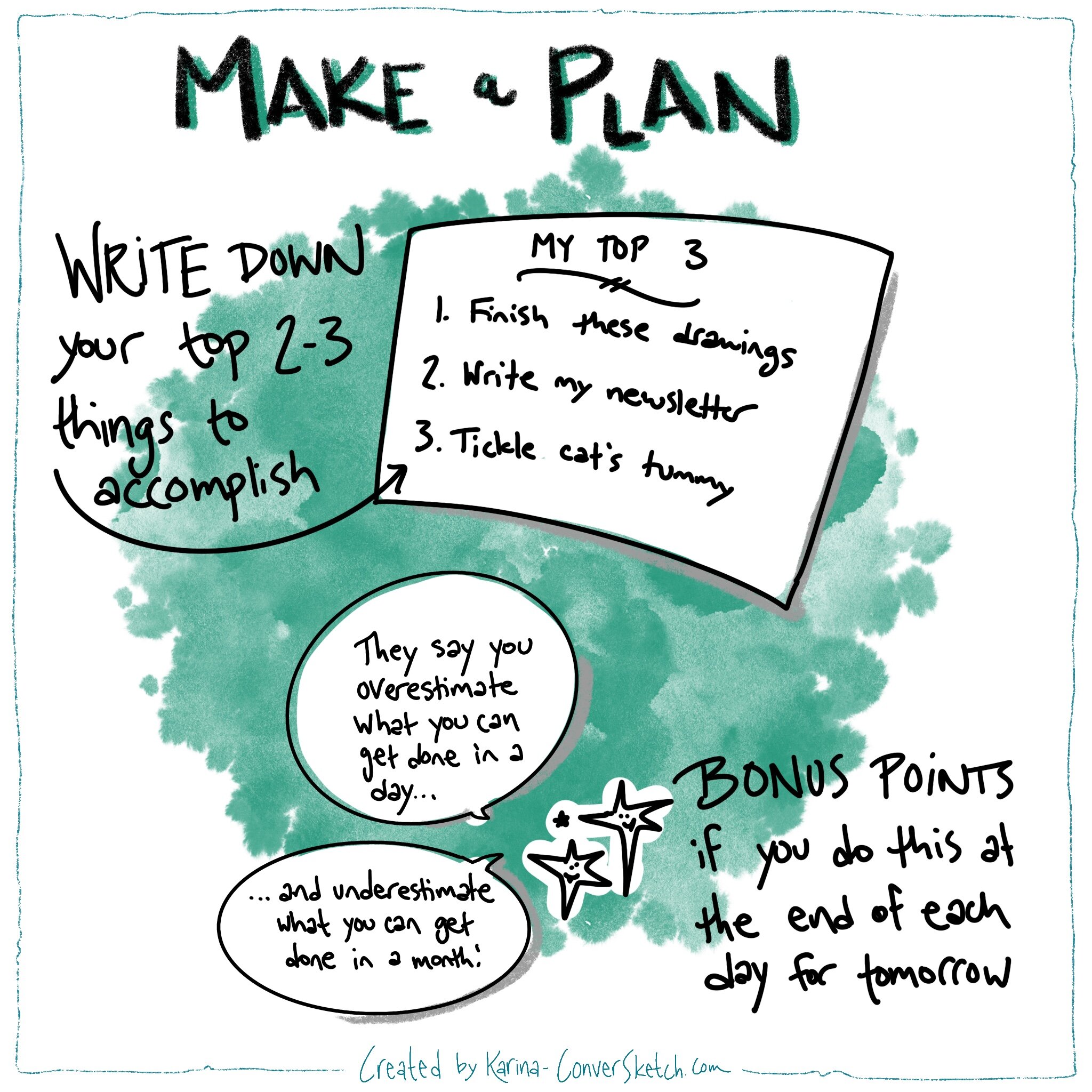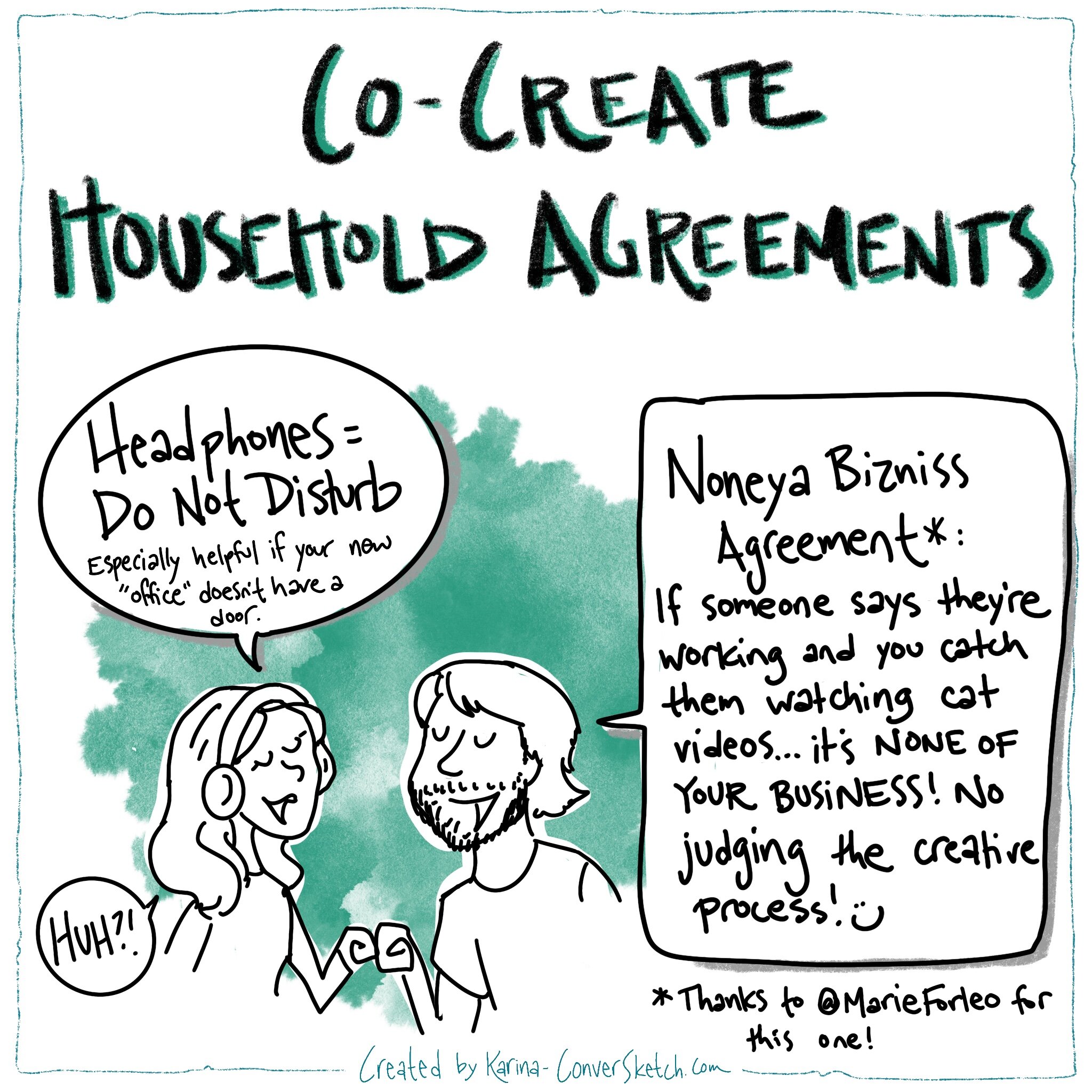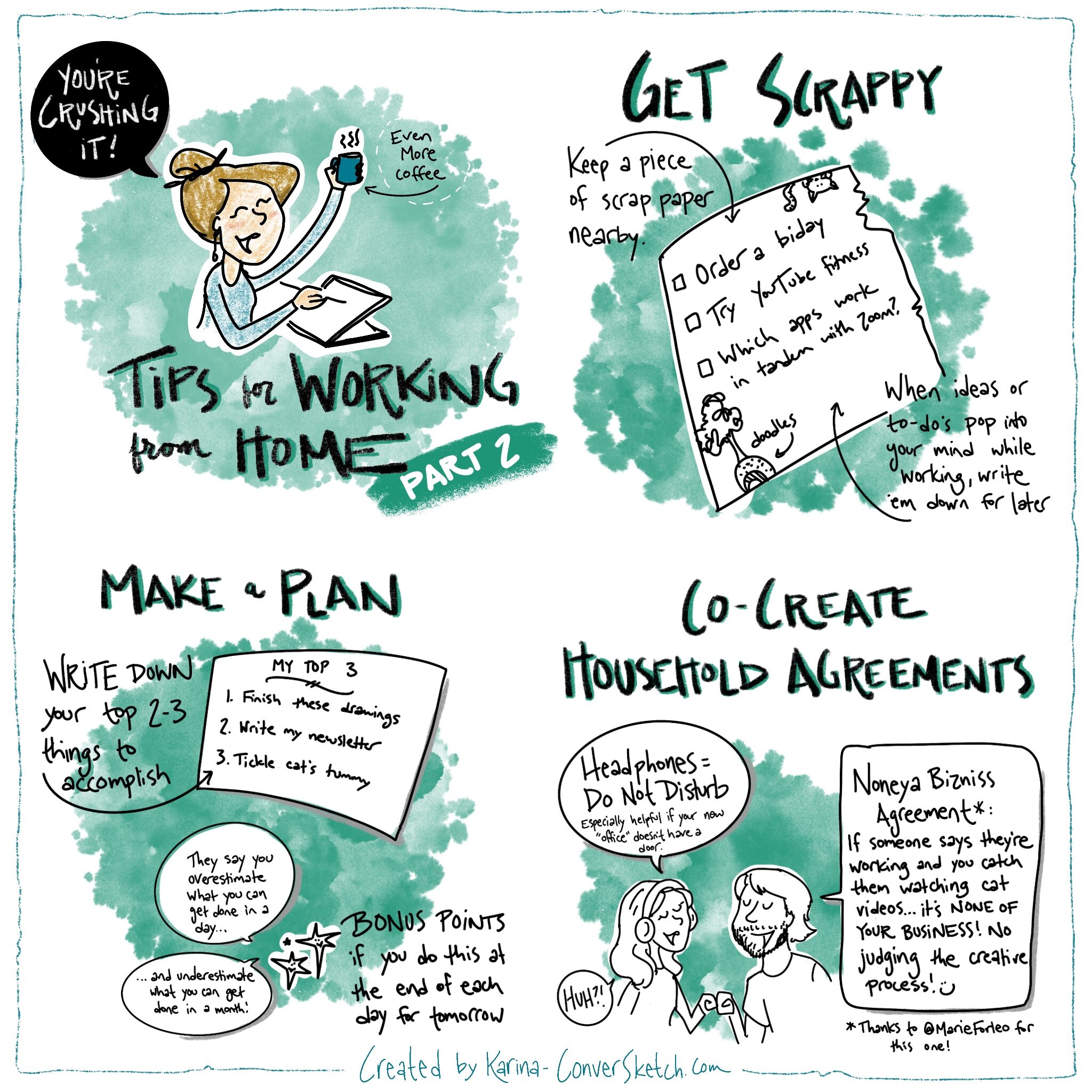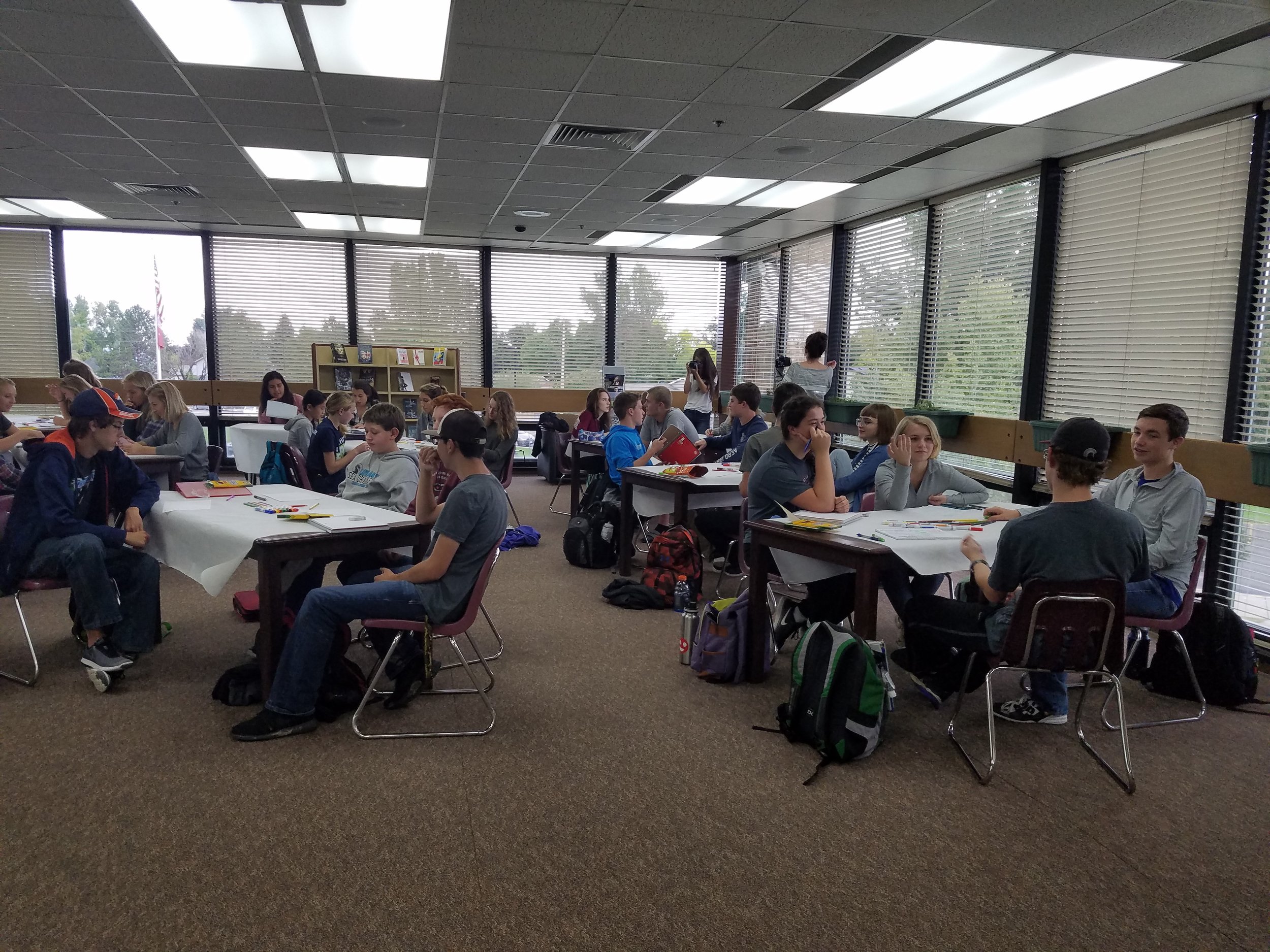I hope this finds you and your loved ones healthy and happy.
I’m out of the office on a seven-day rafting trip on the Middle Fork of the Salmon River in Idaho – here’s a photo from when we got to run this same river three years ago:
This means I’ll be without access to phone or internet June 28 - July 8th – so thank you for your patience if you’ve tried to get in touch lately. I’ll look forward to connecting!
For my ruminations on what I’ve learned about entrepreneurship from whitewater, check out this post.
To read about how I fuel my graphic recorder creativity tank, click here.
Once again, thank you from my heart and soul for your support, great senses of humor, brilliant minds, collaboration and what you're each doing to make the world a better place.
Cheers,
Where in the Virtual World is ConverSketch?
On the river 😊
Celebrating a New Chapter with Future Earth Fellows as the Leopold Leadership Program transitioned its’ own leadership and partnership with Future Earth.
Continuing Work with ARS’ Water Research Vision as these scientists from across the country and disciplines continue to work astonishingly well in a remote setting to co-create a shared water research vision and roadmap for the future.
Scribing Leadership Stories with folks working to end the HIV epidemic in Arizona. These health care leaders shared values they wanted to cultivate carrying their work forward.
Interested in collaborating to make YOUR next virtual meeting next level?






